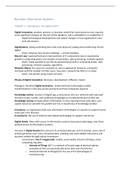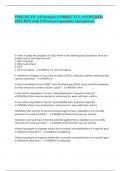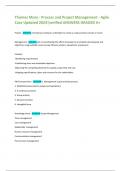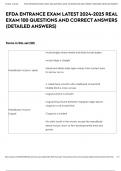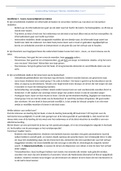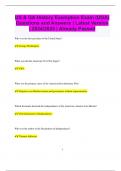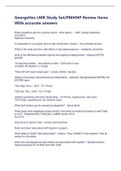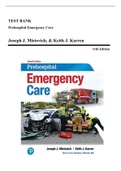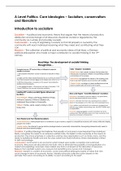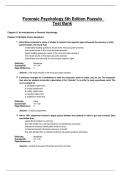College aantekeningen
BIS Book & Lecture summary -- all chapters and all lectures, including previous years (&2024)
- Instelling
- Vrije Universiteit Amsterdam (VU)
Book summary for Business Information System students Lecture summary for Business Information System students All lectures and all chapters summary Business Information System The best summary Contains all topics discussed for year and ( was still relevant)
[Meer zien]
